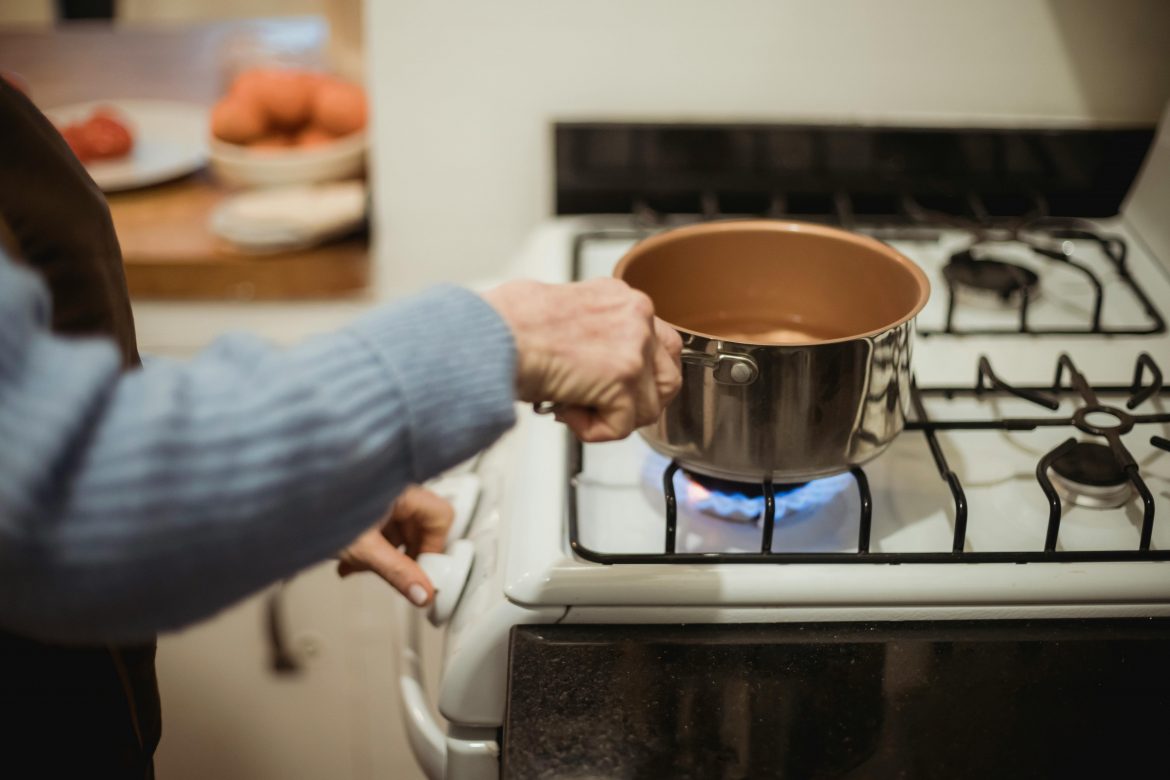We have all been a victim to curdling when preparing our favourite sauces and desserts. Despite the feeling of frustration, it’s important to remember kitchen mishaps happen and can always be fixed with a couple of tips.
Understanding why curdling happens:
The first step is to understand why curdling happens when working with milk. Milk is made of three main components: proteins, butterfat and water.
Thus, when heating milk through boiling or simmering, these three components will begin to separate. The proteins during this separation from the water can begin to clot. This clotting is what we can identify as the milk curdling.
When is curdling most likely to happen:
- When cooking with milk often these do not pair well with acidic products such as vinegar, wine and lemon juice.
- If you are adding milk that is cold, to a heated pot or warm liquid like coffee or tea, there is a higher risk of curdling happening.
- The milk product could be expired or close to its expiration date.
We provide tips on how to avoid curdling when preparing your favourite white sauce or custard dishes
White sauce:
Make sure your ingredients are fresh:
Always use fresh milk or cream. Older dairy products are more prone to curdling.
Always ensure that the heat is controlled:
Cook your sauce over medium to low heat. High heat can cause the proteins in the milk to separate, leading to curdling.
Heating the milk:
If you’re adding cold milk to a hot roux, warm the milk slightly before adding it. Cold milk can cause the sauce to seize up and curdle.
Gradually add your milk:
When making a roux (butter and flour mixture), add the milk gradually, whisking constantly. This helps to evenly distribute the heat and prevents lumps and curdling.
Make sure to keep stirring:
Stir the sauce continuously while it cooks. This keeps the mixture smooth and prevents the mixture from clumping together.
Adding your acidic ingredients:
If your recipe calls for acidic ingredients like wine or lemon juice, add them at the end. This should be done away from the heat, to minimise the risk of curdling.
Custard:
Temper the eggs:
When adding hot milk or cream to eggs, do so slowly and whisk constantly. This process, called “tempering”, gradually raises the temperature of the eggs without scrambling them.
Cook slowly:
Custard should be cooked gently over medium-low heat. High temperatures can cause the eggs to curdle.
Use a double boiler:
Cooking custard over a double boiler (a heatproof bowl set over simmering water) provides gentle, even heat and reduces the risk of curdling.
Strain the mixture:
After cooking, strain the custard through a fine mesh sieve to remove any small, curdled bits that may have formed.
Cool gradually:
Allow the custard to cool gradually at room temperature before refrigerating. Sudden temperature changes can cause it to separate. When storing, cover with cling film to prevent a skin from forming on the top.
Additional tips to avoid curdling when cooking:
Try cooling:
- If you notice your sauce or custard beginning to form the curdle lumps. Add 1-2 ice cubes into the mix to avoid further curdling.
- Additionally remove the pot or pan from the heat and allow the cooling to take place in an ice- bath.
Try adding a fat or starch:
- Try adding a heated cream or whipped cream to the mixture and begin to gradually whisk in the sauce or custard to stop the curdling lumps.
Note: Flour or cornflour works just as well if you don’t have any more cream.
- This is an attempt you need to do in the beginning of the process, as it won’t completely fix the curdling at the end.
ALSO: The health benefits of kombucha + a quick and easy homemade recipe
The health benefits of kombucha + a quick and easy homemade recipe
Feature image: Pexels

